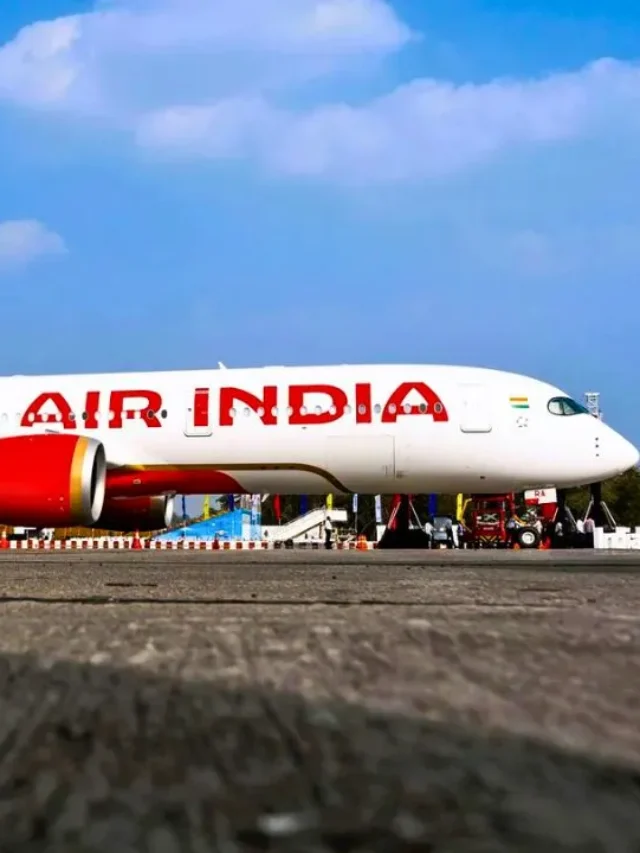The European Union’s Entry and Exit System (EES) is set to launch on October 6, 2024, aiming to improve security and control migration in the Schengen area. The system will use automated IT infrastructure to register and track non-EU citizens’ movements, with most European nations covered. It will also provide electronic visa services and enhance cross-border security. The EES aims to combat identity theft, manage migration, and ensure compliance.
Learn more about this new European regulation to facilitate and ease your travels around Europe. Ten important things to remember are:
Guidelines for the system of entrance and departure in Europe:
Goal: To improve security and control migration, the European Envoy System (EES) is intended to register and track the movements of non-EU persons entering and leaving the Schengen area.
Implementation: The EES, which is slated to be live on October 6, 2024, will use automated IT infrastructure to gather and handle digital travel papers and biometric data.
Coverage: With the exception of the Republic of Ireland and Cyprus, the system covers the majority of European nations that are part of the Schengen area, such as Switzerland, Liechtenstein, Norway, and Iceland.
System Complementary: In addition to the EES, people from non-EU nations will be served by the European Travel Information and Authorization System (ETIAS), which offers an electronic visa system.
Data Collection: Passengers will submit their name, nationality, and other required passport information together with biometric data, such as fingerprints and facial scans, instead of having their passports stamped.
Monitoring entrance and departure: To enable authorities to take swift action against overstays or unauthorized entries, the EES will monitor every entrance, departure, and case of entry rejection for non-EU citizens.
Enhanced Cross-Border Security: The system will be used by immigration and law enforcement to collect data, track traveler movements, and reinforce cross-border security measures.
Also Read: Malaysia Airlines Expands India Network with Daily Amritsar Flights
Fraud Prevention: By efficiently documenting visits, the automated features of the EES seek to combat identity theft and other illicit actions related to international travel.
Efficient Tracking: The EES helps to effectively manage migration and border control by efficiently recording short-term stays of visitors from non-EU countries.
Awareness and Compliance: To guarantee compliance and easy travel experiences, non-EU travelers, especially those who want to visit Schengen zone countries, should be aware of the EES’s rules.
A new era in border security and migration management inside the Schengen area is marked by the establishment of the European Entry and Exit System. Through comprehension of the norms and essential elements, travelers may adeptly maneuver through the regulatory terrain, guaranteeing smooth and safe travels across European borders.
Check Latest Stories:
Join us for updates, conversations, and exclusive Updates!







